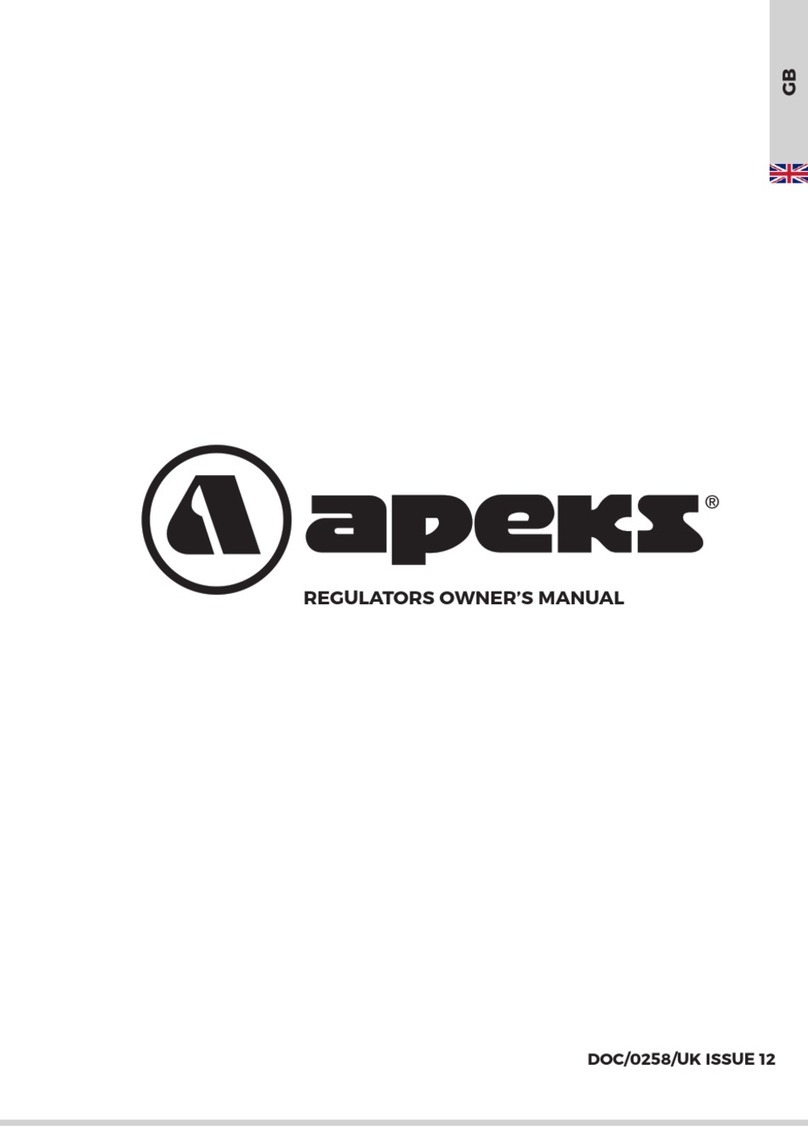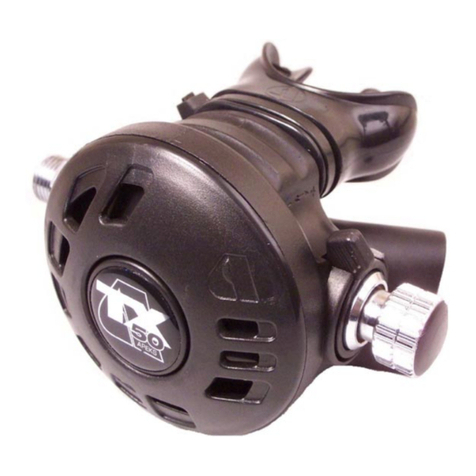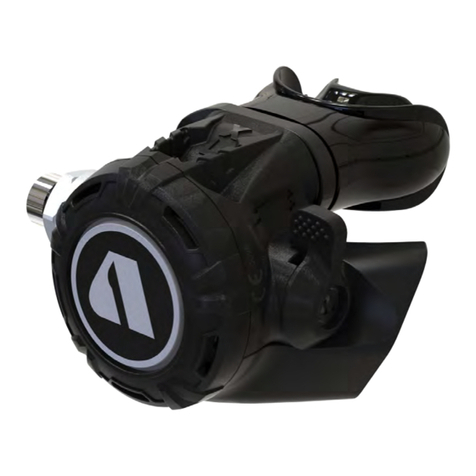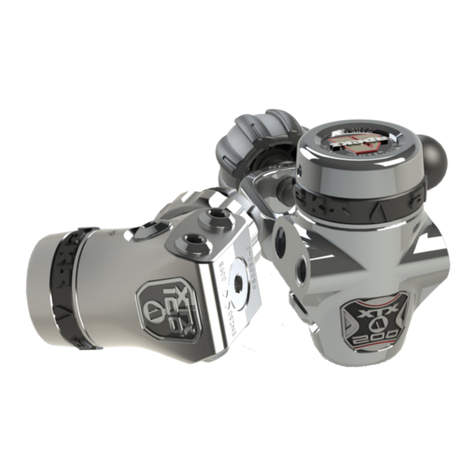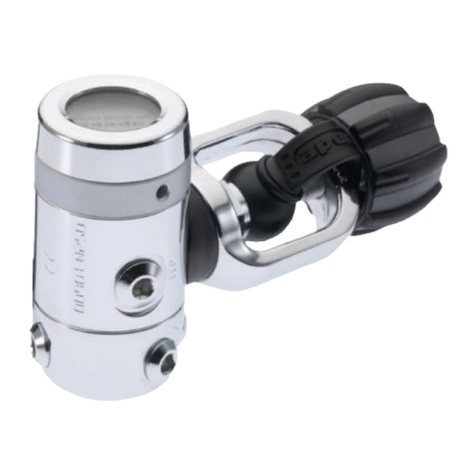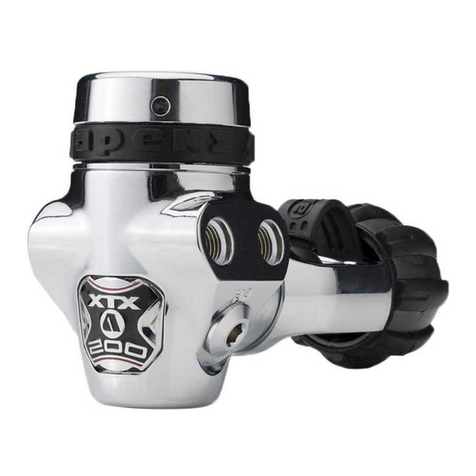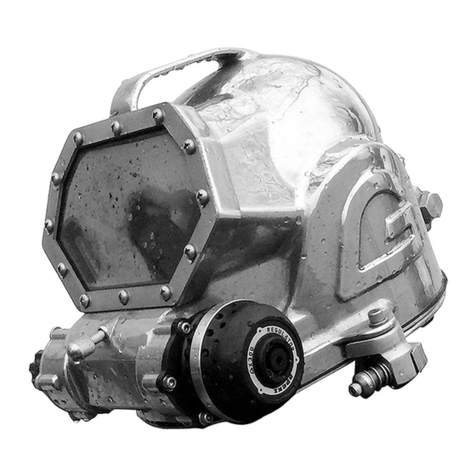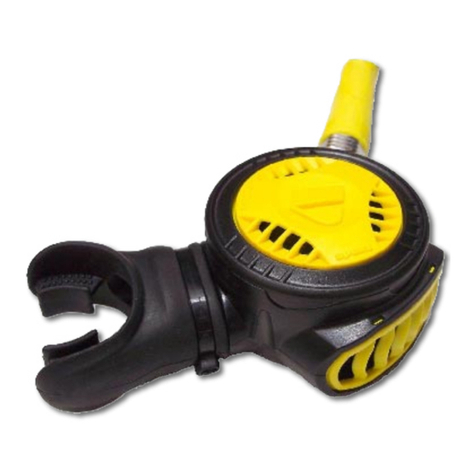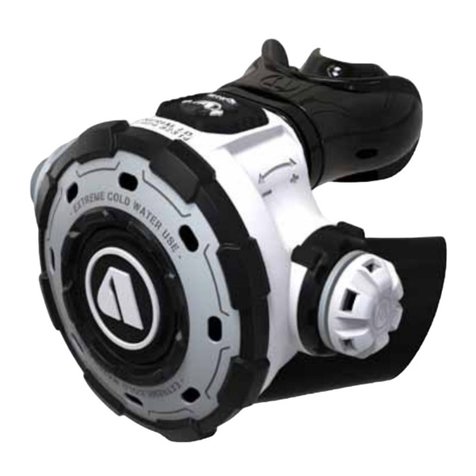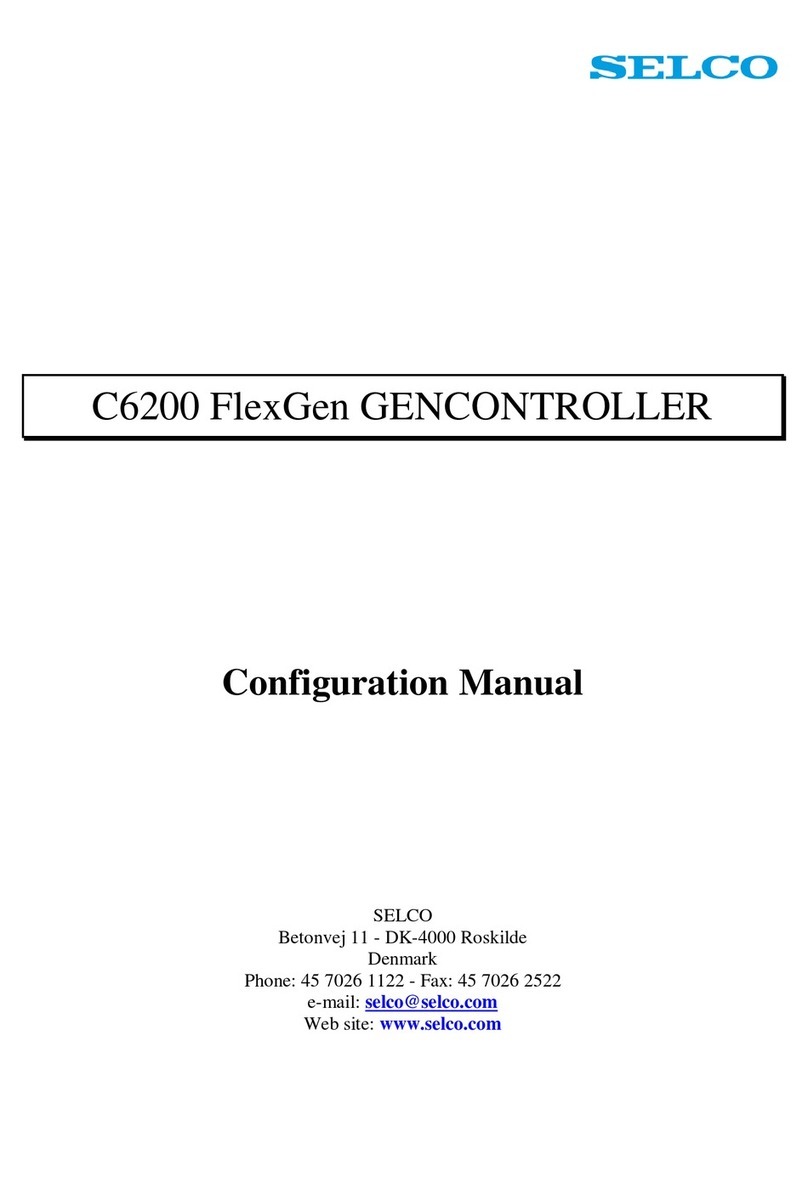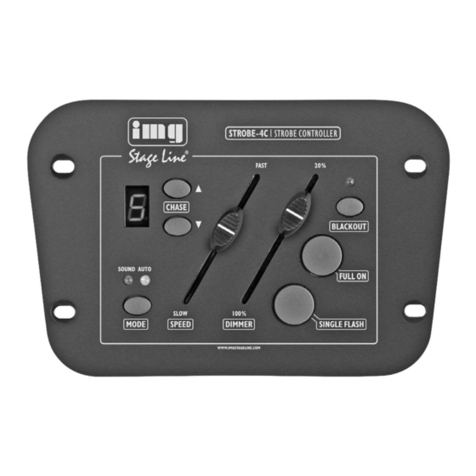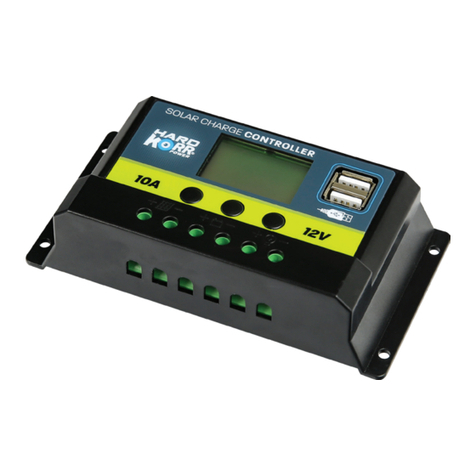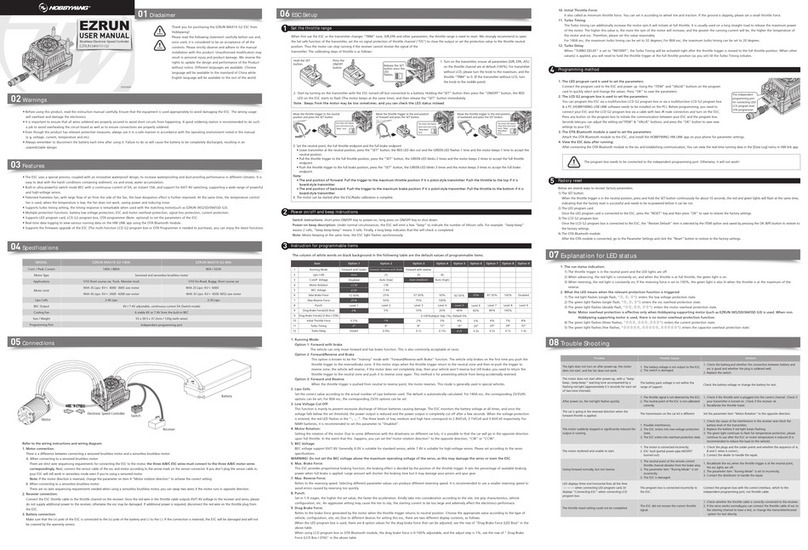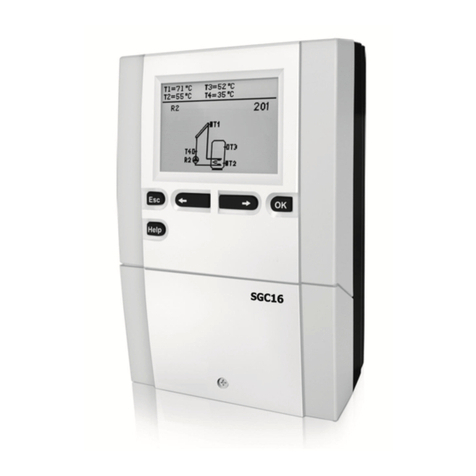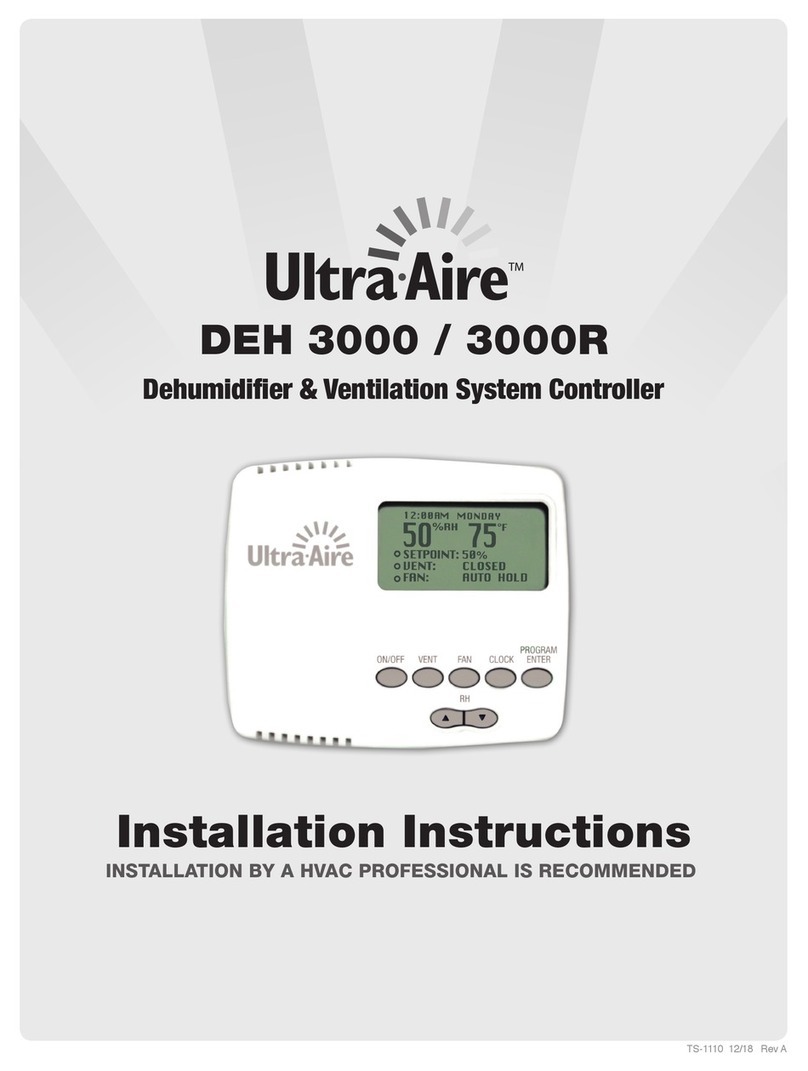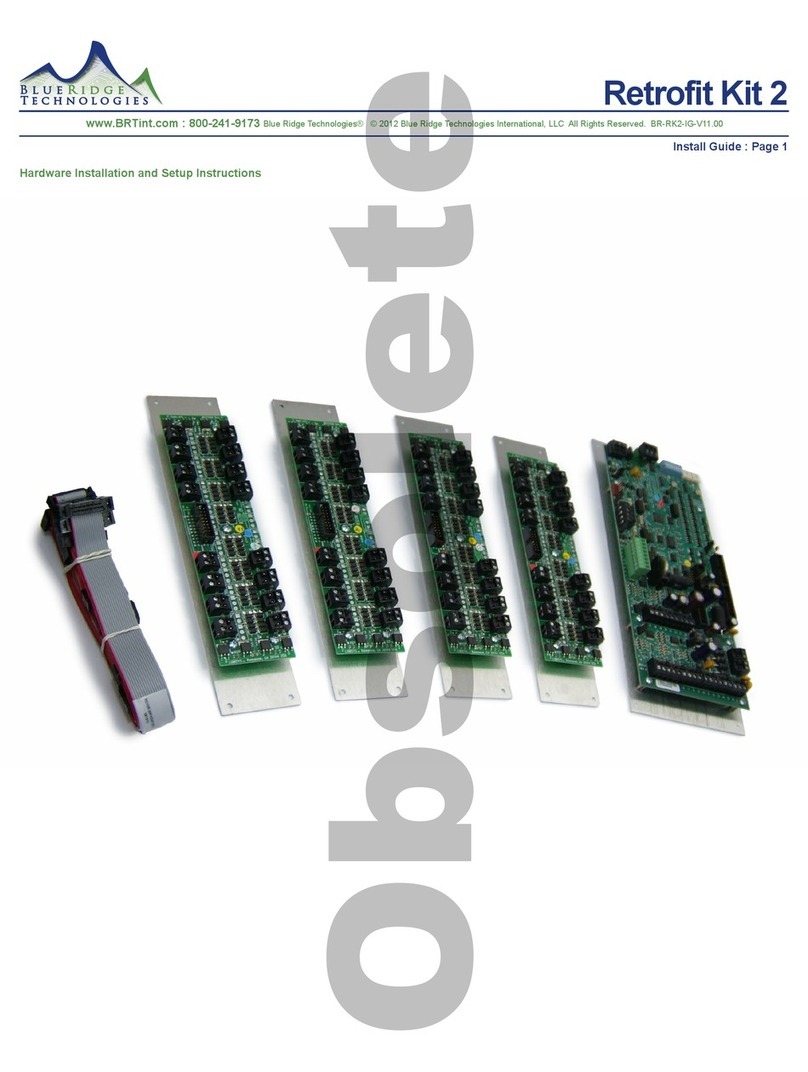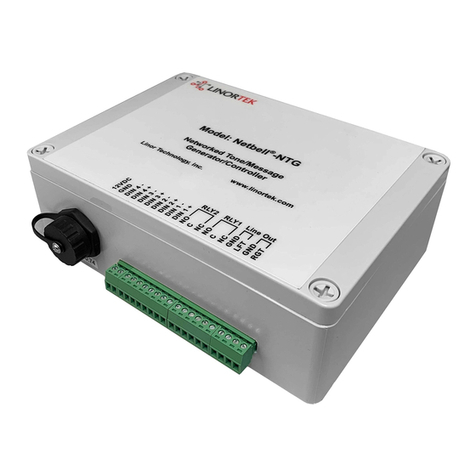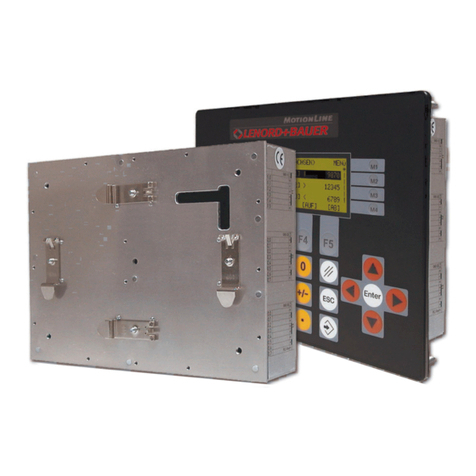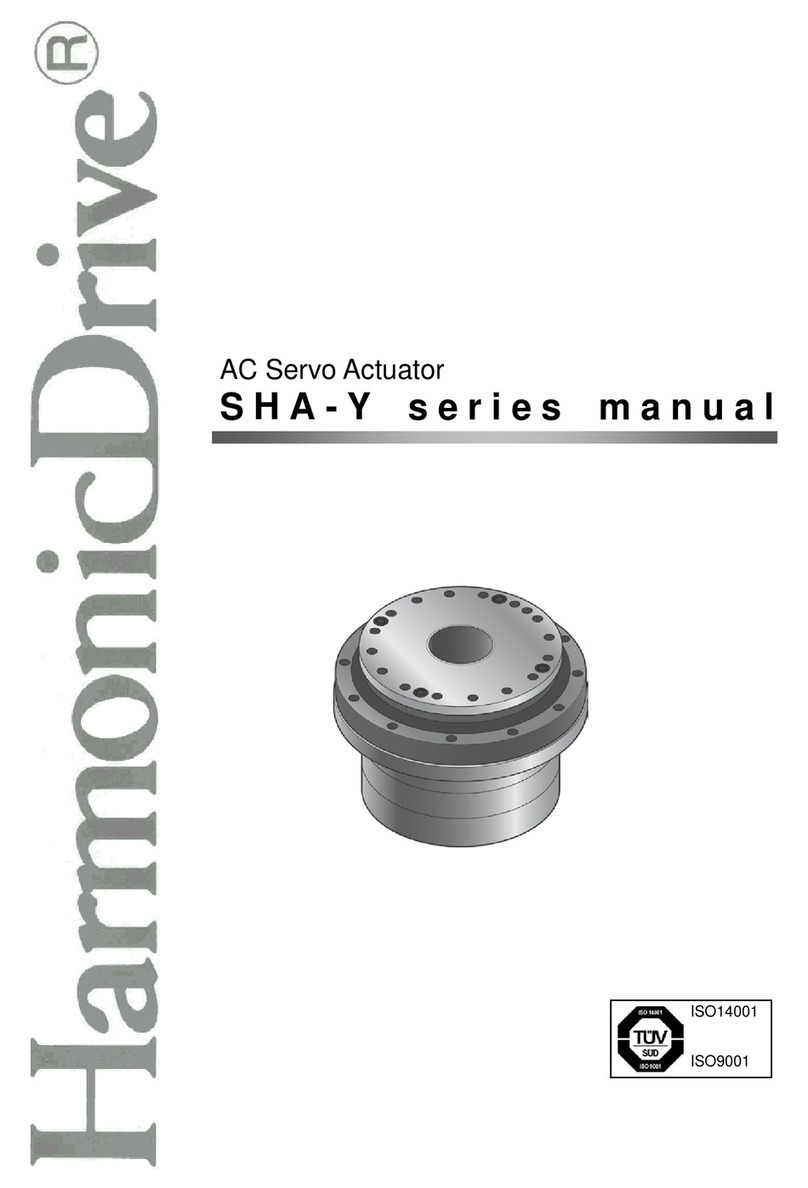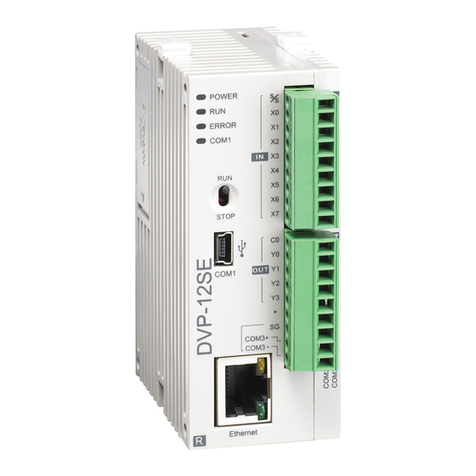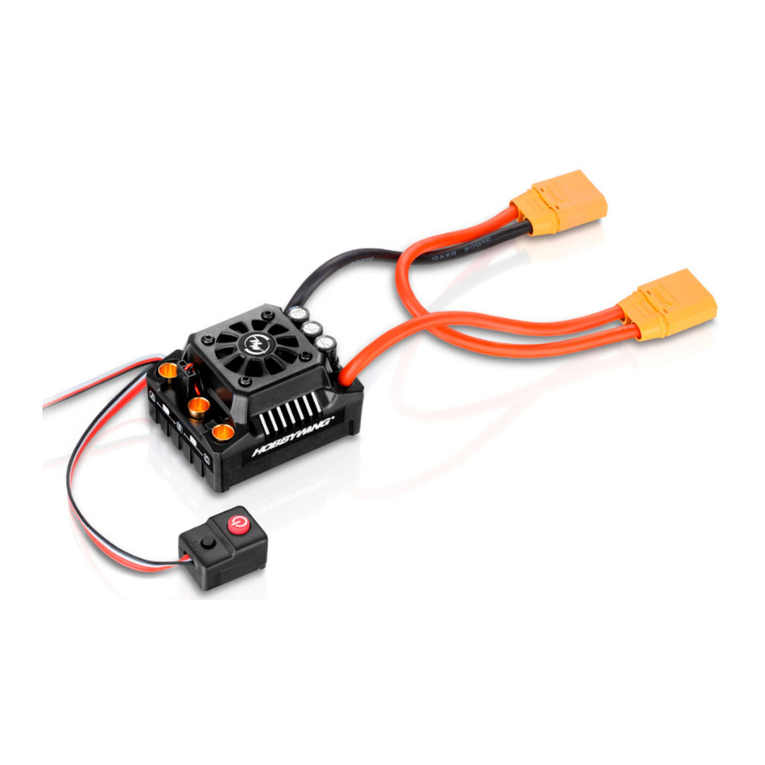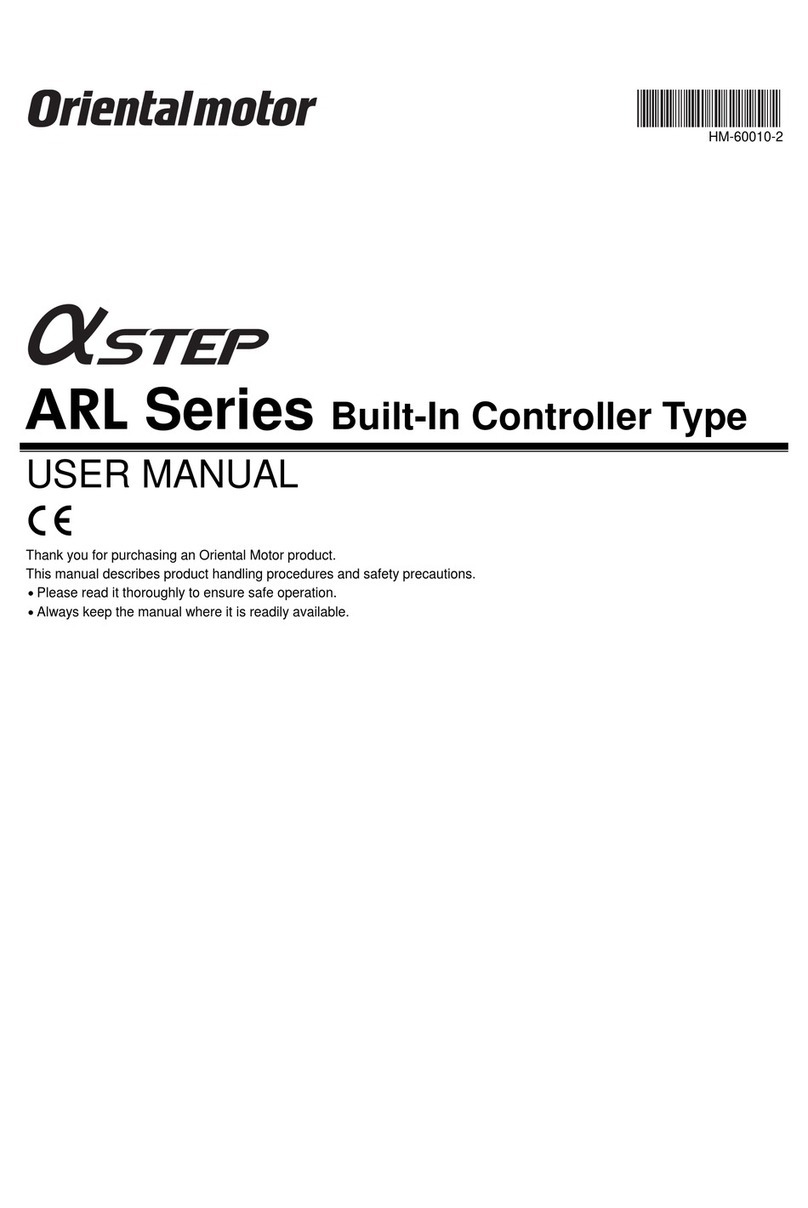
COPYRIGHT NOTICE
This manual is copyrighted, all rights reserved. It may not, in
whole or in part, be copied, photocopied, reproduced, translated,
or reduced to any electronic medium or machine readable form
without prior consent in writing from Aqua Lung America. It may
not be distributed through the internet or computer bulletin board
systems without prior consent in writing from Aqua Lung America.
©2002 Aqua Lung America, Inc.
ATX Second-Stage Service Manual
INTRODUCTION
This manual provides factory prescribed procedures for the cor-
rect service and repair of the Apeks ATX second-stage regula-
tor. It is not intended to be used as an instructional manual for
untrained personnel. The procedures outlined within this manual
are to be performed only by personnel who have received factory
authorized training through an Aqua Lung Service & Repair Sem-
inar. If you do not completely understand all of the procedures
outlined in this manual, contact Aqua Lung to speak directly with
a Technical Advisor before proceeding any further.
WARNINGS, CAUTIONS, & NOTES
Pay special attention to information provided in warnings, cau-
tions, and notes that are accompanied by one of these symbols:
WARNINGS indicate a procedure or situation that
may result in serious injury or death if instructions
are not followed correctly.
CAUTIONS indicate any situation or technique
that will result in potential damage to the prod-
uct, or render the product unsafe if instructions
are not followed correctly.
NOTES are used to emphasize important points, tips, and
reminders.
SCHEDULED SERVICE
If the regulator is subjected to less than 50 dives per year, it is
permissible to overhaul it every other year with an inspection
procedure being performed on the “off” years. For example:
Year #1: Inspection
Year #2: Overhaul
Year #3: Inspection
Year #4: Overhaul
and so on.
Both Inspections and Overhauls need to be documented in the
Annual Service & Inspection Record in the back of the Owner’s
Manual to keep the Limited Lifetime Warranty in effect.
If a regulator is subjected to more than 50 dives per year, it
should receive the complete overhaul.
An Ofcial Inspection consists of:
1. A pressurized immersion test of the entire unit to check for
air leakage.
2. Checking for stable intermediate pressure that is within the
acceptable range.
3. Checking for opening effort that is within the acceptable
range.
4. Checking for smooth operation of the control knob and
venturi switch.
5. A visual inspection of the lter for debris or discoloration.
6. A visual inspection of the exhaust valve to see that it is in
good shape and that it’s resting against a clean surface.
7. A visual inspection of the mouthpiece looking for tears or
holes.
8. Pulling back hose protectors and checking that the hoses
are secure in the hose crimps.
If a regulator fails item #1,2,3 or 4 the entire regulator should
be overhauled. If a regulator fails 4,5,6 or 7 it will be up to the
technician’s discretion whether or not a full overhaul is required.
GENERAL GUIDELINES
1. In order to correctly perform the procedures outlined in this
manual, it is important to follow each step exactly in the or-
der given. Read over the entire manual to become familiar
with all procedures before attempting to disassemble the
rst-stage, and to learn which specialty tools and replace-
ment parts will be required. Keep the manual open beside
you for reference while performing each procedure. Do not
rely on memory.
2. All service and repair should be carried out in a work area
specically set up and equipped for the task. Adequate
lighting, cleanliness, and easy access to all required tools
are essential for an efcient repair facility.
3. As the regulator is disassembled, reusable components
should be segregated and not allowed to intermix with
nonreusable parts or parts from other units. Delicate parts,
including inlet ttings and crowns which contain critical
sealing surfaces, must be protected and isolated from other
parts to prevent damage during the cleaning procedure.
4. Use only genuine Apeks parts provided in the ATX second-
stage overhaul parts kit (p/n AP0219/AA). DO NOT attempt
to substitute an Apeks part with another manufacturer’s,
regardless of any similarity in shape or size.
5. Do not attempt to reuse mandatory replacement parts
under any circumstances, regardless of the amount of use
the product has received since it was manufactured or last
serviced.
6. When reassembling, it is important to follow every torque
specication prescribed in this manual, using a calibrated
torque wrench. Most parts are made of either marine brass
or plastic, and can be permanently damaged by undue
stress.


















